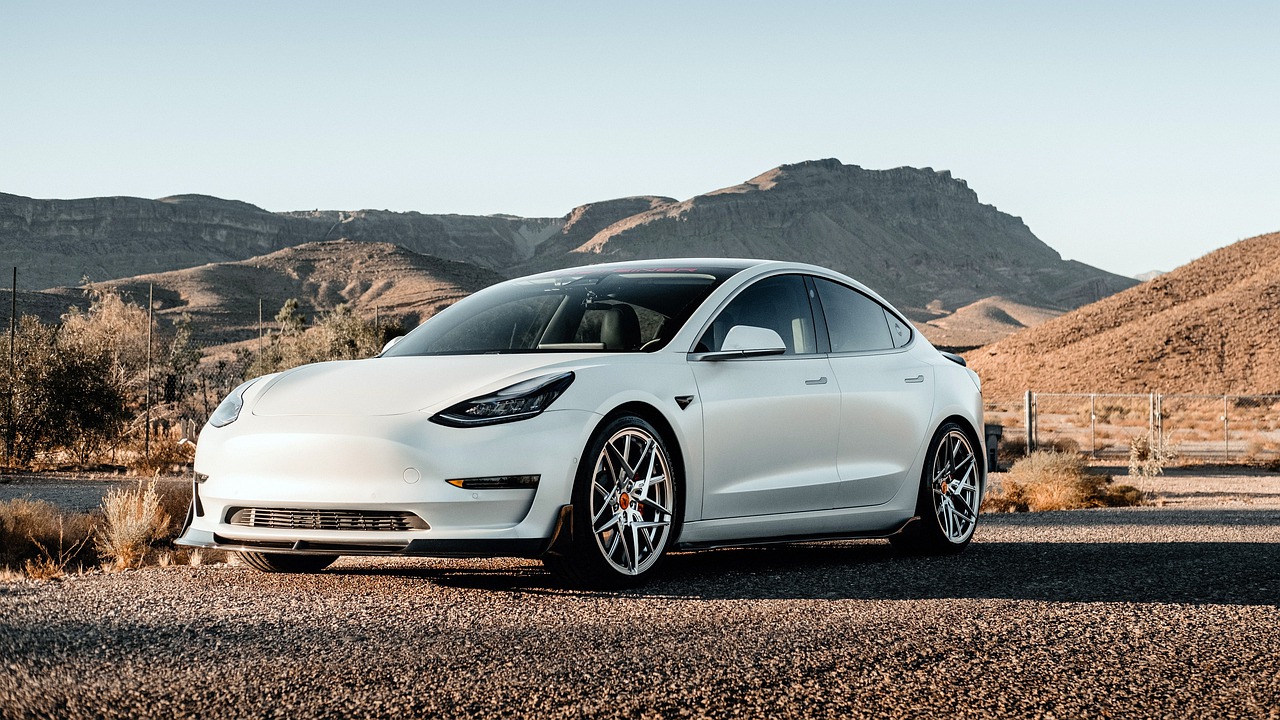ROPITS: Hitachi’s Single-Passenger Self-Driving Transporter
With rapidly increasing urban development worldwide, passenger and freight moving within urban areas is set to increase dramatically in coming decades. Metropolitan Planning Organizations (MPOs) are tasked with preparing comprehensive long-range plans for transit and highway movement. Advances in transportation technology are providing planners with more options than ever before.
Modern cities are now seen as ecosystems with critical ecological functions including water preservation and purification, erosion abatement, air purification, carbon sequestration, recreation and the protection of fish and wildlife. As the human population ages, transporting older people to shopping centers and doctors offices is critical.
New & Sustainable Ways of Moving In Urban Areas
Countries have gone through the “walking-horse era (1800-1890)”, the “electric streetcar or transit era (1890-1930)”, and the “automobile era (1930-present).” The new era in transportation consists of redoing all technologies and systems to be more efficient, cleaner and sustainable. This new period could be called “the era of sustainability.”
Novel Vehicles Are New Options For Cities
Japan’s Hitachi, an electronics giant, has developed the world’s smallest car driven automatically by a robotic system. Called “Personal Intelligent Transport System” or ROPITS, the single passenger self driving vehicle enhances mobility for citizens including disabled and elderly. ROPITS is not intended for road travel but for sidewalk transport so these single passenger conveyors are not interrupted by heavy car, bus or truck traffic.
The vehicle travels at a maximum speed of 3.8 mph (6.0 km/h). The navigation system is a Real Time Kinematic GPS (RTK-GPS). It incorporates an onboard tablet PC for entering destinations; a passenger can choose destinations with a mobile phone via wireless access. Once the vehicle is underway the passenger can sleep, read or enjoy the ride.
ROPITS Safety Features
The system utilizes a stereo camera and laser range finders to provide an accurate path to within 3 feet (1 m). The sensors also provide a 360° image of the vehicle’s environment so that it reacts to pedestrians, uneven ground, and other barriers and obstacles.






